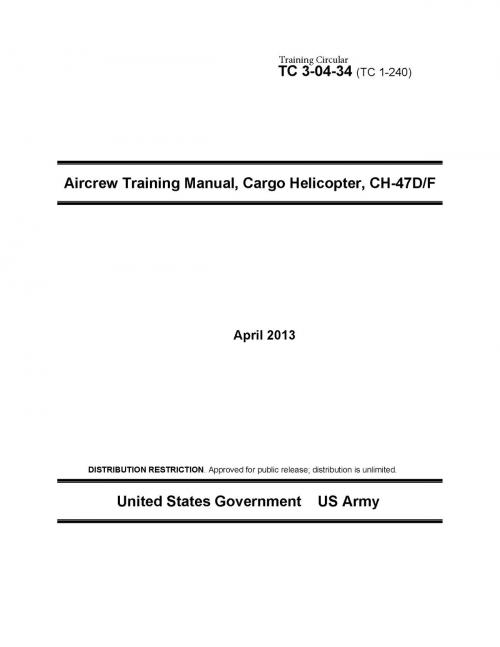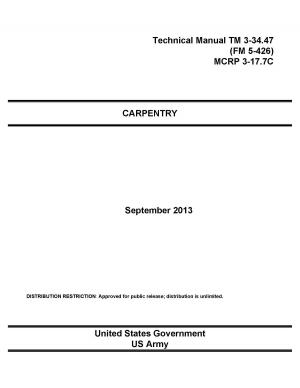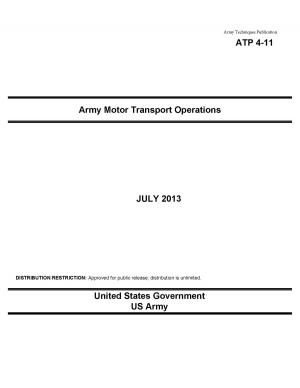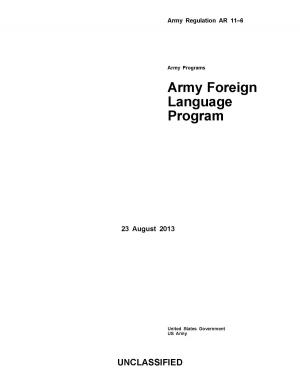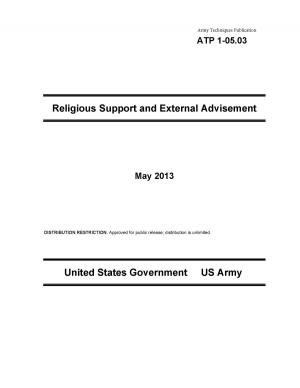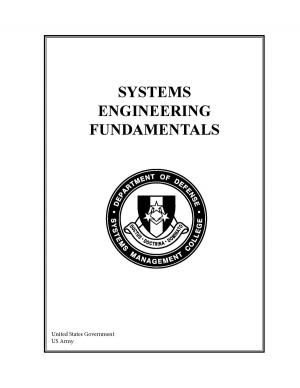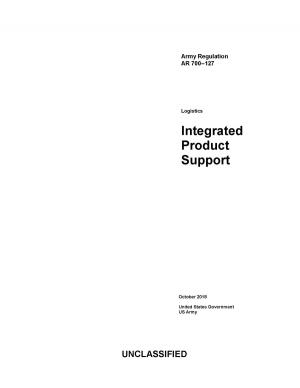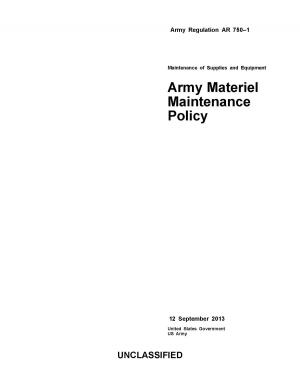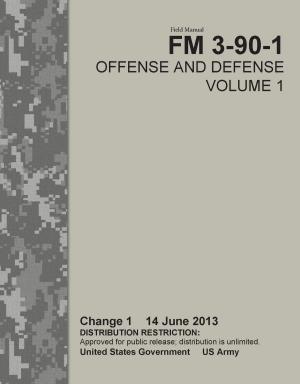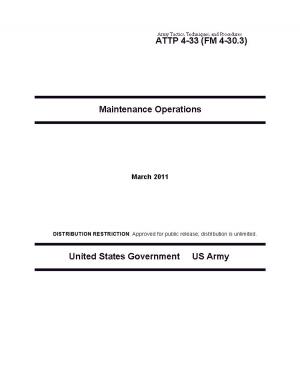Training Circular TC 3-04-34 (TC 1-240) Aircrew Training Manual, Cargo Helicopter, CH-47D/F April 2013
Nonfiction, Reference & Language, Study Aids, Graduate & Professional, Armed Forces, Transportation, Aviation, Piloting & Flight Instruction, Reference, Guides & Handbooks| Author: | United States Government US Army | ISBN: | 1230000127131 |
| Publisher: | eBook Publishing Team | Publication: | April 23, 2013 |
| Imprint: | Language: | English |
| Author: | United States Government US Army |
| ISBN: | 1230000127131 |
| Publisher: | eBook Publishing Team |
| Publication: | April 23, 2013 |
| Imprint: | |
| Language: | English |
Training circular (TC) 3-04.34 standardizes aircrew training programs (ATPs) and flight evaluation procedures. This aircrew training manual (ATM) provides specific guidelines for executing CH-47D/F aircrew training. It is based on training principles outlined at the Army Training Network. This ATM establishes crewmember qualification training, refresher training, mission training, and continuation training and evaluation requirements. It applies to all CH-47 crewmembers and their commanders in the active Army, the Army National Guard Bureau/United States Army National Guard (ARNG), and the United States Army Reserve (USAR). The CH-47D is a similar aircraft to the CH-47F; the CH- 47F is series grouped with the MH-47G.
This manual is not a stand-alone document; all requirements of Army regulation (AR) 600-105, AR 600-106, National Guard Regulation (NGR) AR 95-210, and TC 3-04.11 to the ATP must be met. The operator’s manual is the authority for operation of the aircraft. If differences exist between the maneuver descriptions in Technical Manual (TM) 1-1520-240-10 or TM 1-1520-271-10 and this publication, this publication is the governing authority for training and flight evaluation purposes. Implementation of this publication conforms to AR 95-1 and TC 3-04.11. If a conflict exists between this publication and TC 3-04.11, the ATP commander determines the method of accomplishment based upon the requirement and the unit’s mission as to which manual takes precedence.
This manual, in conjunction with the ARs and TC 3-04.11, will help develop a comprehensive ATP. Using this ATM ensures that individual crewmember and aircrew proficiency is commensurate with the unit’s mission and aircrews routinely employ standard techniques and procedures.
Crewmembers will use this manual as a “how to” source for performing crewmember duties. It provides performance standards and evaluation guidelines so that crewmembers know the level of performance expected. Each task has a description of the proper procedures to meet the standard.
Standardization officers, evaluators, and unit trainers (UTs) will use this manual and TC 3-04.11 as the primary tools in assisting commanders with development and implementation of their ATP.
The proponent of this publication is the United States (U.S.) Army Training and Doctrine Command (TRADOC).
Training circular (TC) 3-04.34 standardizes aircrew training programs (ATPs) and flight evaluation procedures. This aircrew training manual (ATM) provides specific guidelines for executing CH-47D/F aircrew training. It is based on training principles outlined at the Army Training Network. This ATM establishes crewmember qualification training, refresher training, mission training, and continuation training and evaluation requirements. It applies to all CH-47 crewmembers and their commanders in the active Army, the Army National Guard Bureau/United States Army National Guard (ARNG), and the United States Army Reserve (USAR). The CH-47D is a similar aircraft to the CH-47F; the CH- 47F is series grouped with the MH-47G.
This manual is not a stand-alone document; all requirements of Army regulation (AR) 600-105, AR 600-106, National Guard Regulation (NGR) AR 95-210, and TC 3-04.11 to the ATP must be met. The operator’s manual is the authority for operation of the aircraft. If differences exist between the maneuver descriptions in Technical Manual (TM) 1-1520-240-10 or TM 1-1520-271-10 and this publication, this publication is the governing authority for training and flight evaluation purposes. Implementation of this publication conforms to AR 95-1 and TC 3-04.11. If a conflict exists between this publication and TC 3-04.11, the ATP commander determines the method of accomplishment based upon the requirement and the unit’s mission as to which manual takes precedence.
This manual, in conjunction with the ARs and TC 3-04.11, will help develop a comprehensive ATP. Using this ATM ensures that individual crewmember and aircrew proficiency is commensurate with the unit’s mission and aircrews routinely employ standard techniques and procedures.
Crewmembers will use this manual as a “how to” source for performing crewmember duties. It provides performance standards and evaluation guidelines so that crewmembers know the level of performance expected. Each task has a description of the proper procedures to meet the standard.
Standardization officers, evaluators, and unit trainers (UTs) will use this manual and TC 3-04.11 as the primary tools in assisting commanders with development and implementation of their ATP.
The proponent of this publication is the United States (U.S.) Army Training and Doctrine Command (TRADOC).
